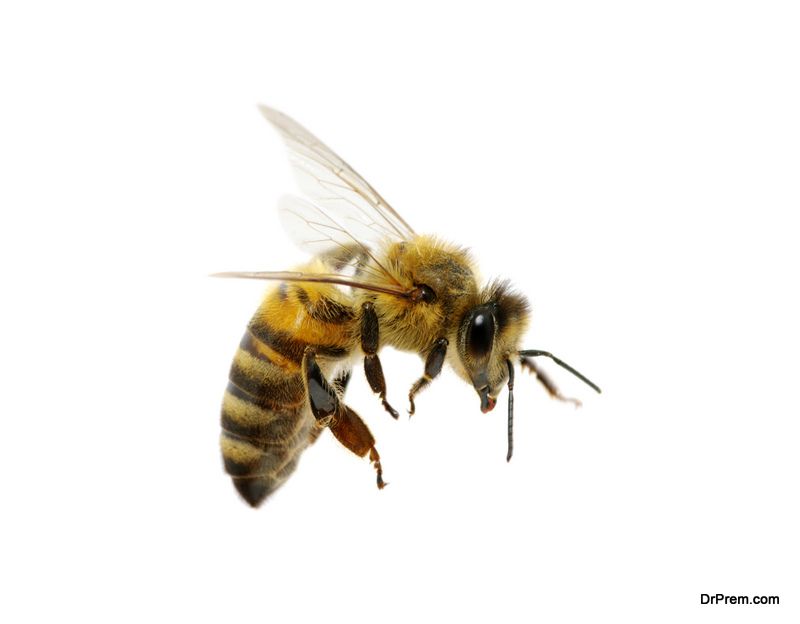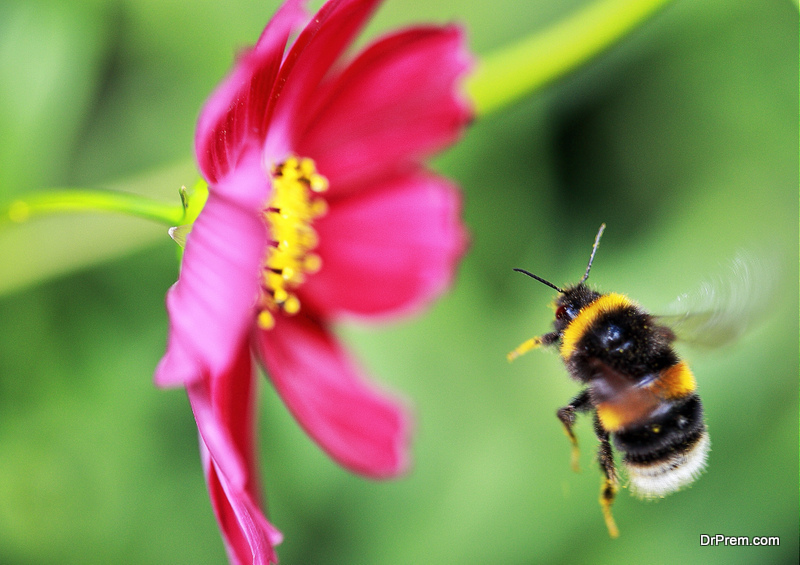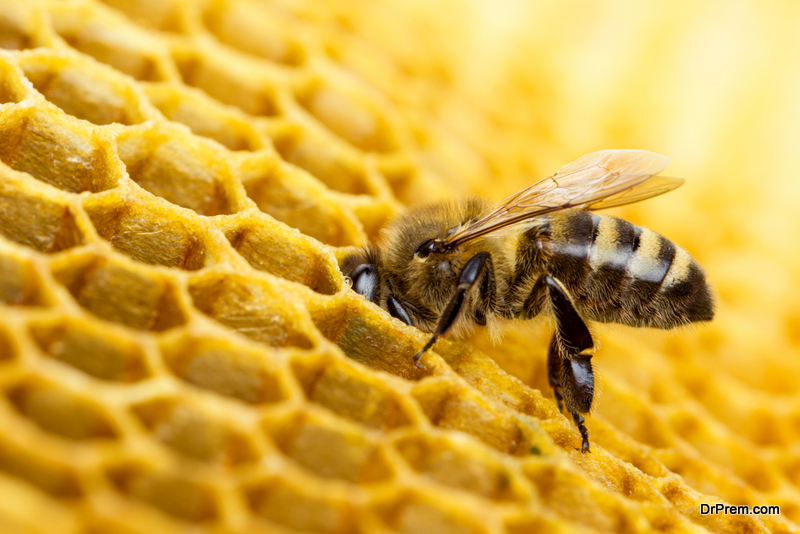Bees. These yellow and black fuzzy creatures provide us with a sweet treat.
Many do not know however, that without bees, we would lose out on a lot more than just honey. Bees are an invaluable resource when it comes to providing food sources for the world. In fact, there are 100 crops that provide us with 90 percent of our food. Out of these crops, 70 percent are pollinated by bees.
That’s what makes the rapid decline of many bee species so scary. So, in order for the world’s population to have enough food to survive, we must focus on the conservation of bees.
And while it may seem like a huge task to tackle on your own, every bit helps. Keep reading to find out five easy ways you can help save the bees.
1. Choose the Right Plants for Your Garden
When you’re thinking about the aesthetics of your garden, be sure to keep the bees in mind.
To help bees thrive, opt for single petal flowers instead of multi-petal ones. Single petal flowers are better for bees because their pollen and nectar is more accessible.
It’s also a good idea to grow non-hybrid plants, as breeding hybrid plants reduces a significant amount of their pollen.
Some flowers you may want to consider include:
- Desert mallow
- Bush sunflowers
- Wild lilac
- Desert willow
- Sunflowers
- Lavender
- California poppy
- California buckwheat
- Sticky monkeyflower
- Coffeeberry
2. Consider Color
Bees have excellent vision when it comes to color. In fact, the breadth of the color spectrum they see is very similar to humans.
However, they struggle to distinguish the color red from green. Therefore, it is very difficult for them to find red flowers amongst foliage of green stems and green grass.
To help the bees out, opt for colors that are easy for them to find. Some good choices are yellow, violet, blue, purple, and white.
3. Avoid Pesticides
If you want to save the bees, you should really avoid pesticides at all costs.
Synthetic pesticides, herbicides, and insecticides are extremely harmful to bees and can hinder their ability to navigate, forage, and even reproduce. These chemicals can also impair their development, and in some cases, be completely lethal to bees.
Avoiding the use of pesticides will not only help out the bee population, but many other species of insects as well.
Also, make sure the plants you buy are not treated with neonicotinoid pesticides, as researchers have linked these plants to a honeybee colony collapse.
4. Give Them a Home
When people think of dwellings for honeybees, everyone thinks of a hive.
However, a significant portion of bee species (70 percent) actually dwell underground. To help the bees living underground, you can leave patches of untilled, undisturbed and partly bare soil.
For bees that nest in wood, it’s a good idea to leave piles of bamboo, branches, and hollow reeds.
And, if you have a bee dwelling outside your home that you are not too keen on ( i.e. a large hive), be wary of what company you choose to remove it. You want to make sure to choose bee removal services that do not use pesticides and that relocate the bees to pollinate local crops.
5. Provide Water
Just like us humans, many bees need water to survive.
Providing a water source for bees is a good way to help keep them healthy and in turn, keep your garden healthy.
A bird bath that’s shallow and contains pebbles or rocks will do just fine. In addition, make sure to place the bird bath next to bee friendly plants. Also, in order to avoid mosquitoes, be sure to switch the water out frequently, ideally on a daily basis.
Article Submitted By Community Writer




